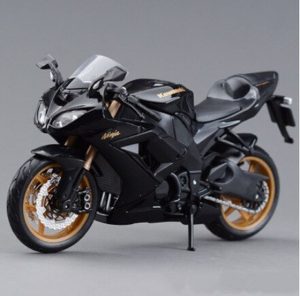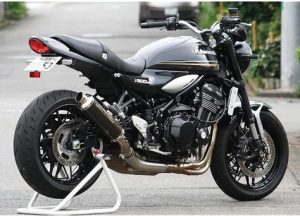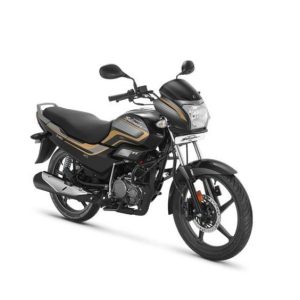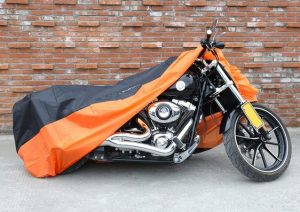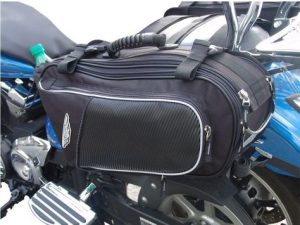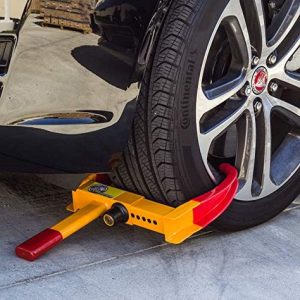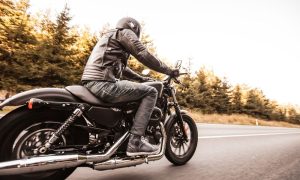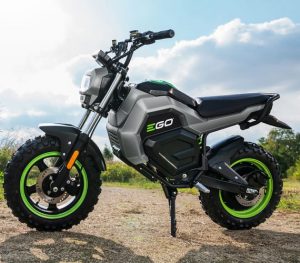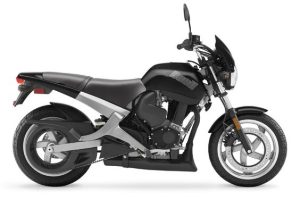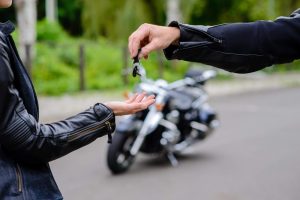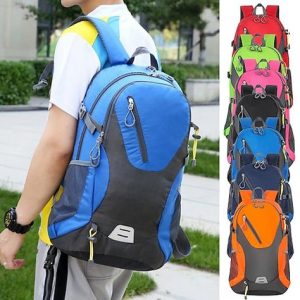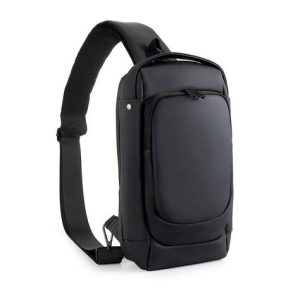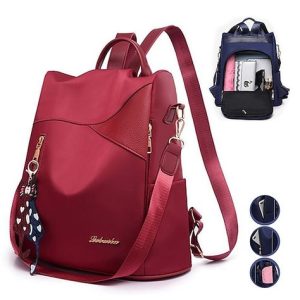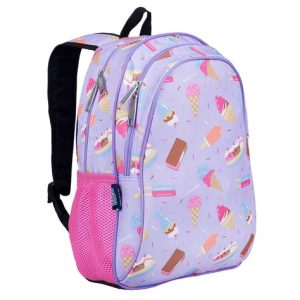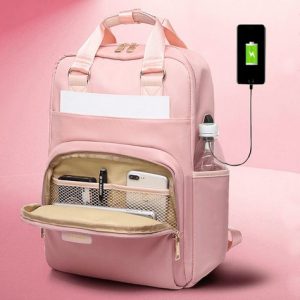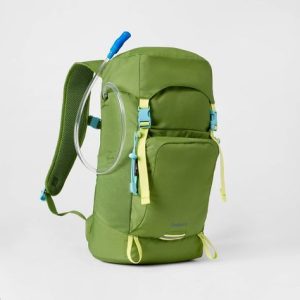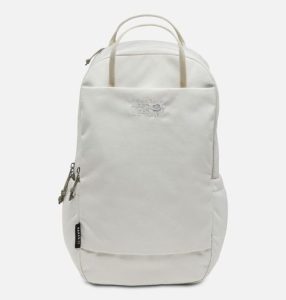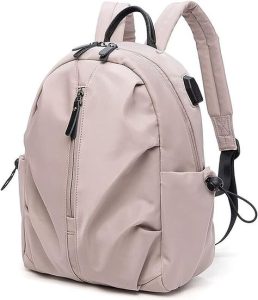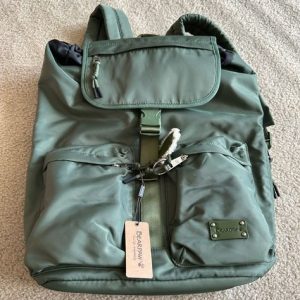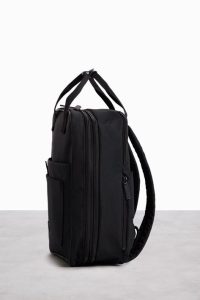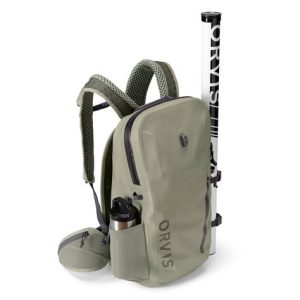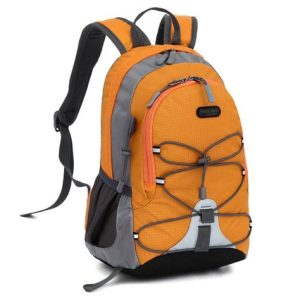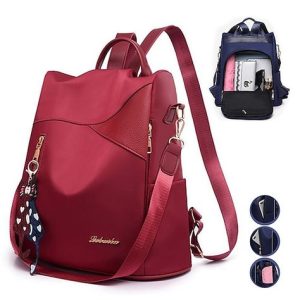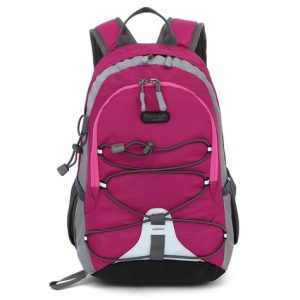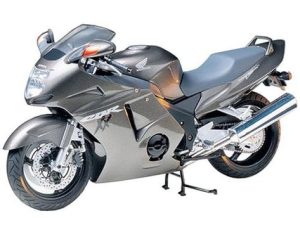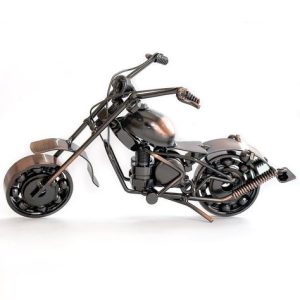May 31, 2024
How to winterize a motorcycle: A Step-by-Step Guide
How to winterize a motorcycle? As summer fades and cooler weather sets in, motorcycle enthusiasts know it’s time to think about winter storage. Proper winterization protects your motorcycle from the damaging effects of cold weather and inactivity. This guide will walk you through the essential steps to ensure your motorcycle is ready to hibernate over the winter months.
Gather Your Supplies
Before diving into the process, collect the necessary supplies:
- Motorcycle cover: Choose a breathable, weatherproof cover specifically designed for motorcycles.
- Battery charger: A trickle charger or battery tender is ideal to maintain battery health during storage.
- Fresh engine oil and filter: New oil removes contaminants and protects metal components.
- Fuel stabilizer: This additive prevents fuel degradation during storage.
- Tire pressure gauge: Maintaining proper tire pressure is crucial throughout the year.
- Funnel: Makes adding oil and stabilizer mess-free.
- Shop rags: Keep rags on hand for cleaning and wiping up spills.
- Socket wrench set: Needed for various maintenance tasks.
Cleaning and Lubrication
Wash and wax your motorcycle:
Remove dirt, grime, and road salt to prevent corrosion. Apply a coat of wax to protect the paint.
Lubricate the chain:
A clean and lubricated chain prevents rust and ensures smooth operation next spring.
Grease all zerk fittings:
Consult your owner’s manual to locate zerk fittings on your motorcycle. Apply a dab of grease to each fitting using a grease gun.
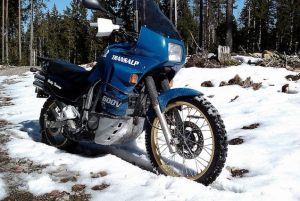 Fresh Fluids and Filters
Fresh Fluids and Filters
- Change the engine oil and filter: Used oil contains contaminants that can harm your engine. Replace it with fresh oil following the manufacturer’s recommendations.
- Consider changing other fluids: Depending on your motorcycle‘s maintenance schedule, you might also want to change the coolant and brake fluid.
Battery Care
- Disconnect the battery: Consult your owner’s manual for proper disconnection procedures. This prevents potential electrical drains during storage.
- Clean the battery terminals: Remove any corrosion buildup with a wire brush and baking soda solution.
- Charge the battery: Connect your battery charger and maintain a trickle charge throughout storage.
Fuel System Prep
- Top up the fuel tank: A full tank minimizes air space and helps prevent rust inside the tank.
- Add fuel stabilizer: Follow the manufacturer’s instructions for dosage. Run the engine for a few minutes to circulate the stabilized fuel through the system.
Tires and Storage
- Inflate the tires to recommended pressure: Overinflated or underinflated tires can develop flat spots during storage.
- Elevate the motorcycle if possible: Using a motorcycle stand prevents flat spots on the tires.
- Choose a suitable storage location: A clean, dry, and well-ventilated space is ideal. Avoid basements or areas prone to moisture.
- Cover your motorcycle: The motorcycle cover protects your bike from dust, dirt, and minor scratches.
Winterization Checklist for Motorcycles
Printable Checklist: Consider creating a printable checklist to ensure you don’t miss any crucial steps during winterization.
This checklist can include:
- Wash and wax motorcycle
- Lubricate chain
- Grease zerk fittings
- Change engine oil and filter
- Consider changing other fluids (coolant, brake fluid)
- Disconnect battery
- Clean battery terminals
- Charge battery
- Top up fuel tank with fresh gas
- Add fuel stabilizer
- Inflate tires to recommended pressure
- Elevate motorcycle if possible
- Cover your motorcycle
Winterizing your motorcycle takes some time and effort, but it’s a worthwhile investment to protect your machine and ensure a smooth start come spring. By following these steps, you can be confident that your motorcycle will be ready to hit the road again when the warmer weather returns.
Additional Tips for Winterizing Your Motorcycle
Here are some additional tips to consider as you prepare your motorcycle for winter storage:
- Consult your owner’s manual: Your motorcycle’s manual is a valuable resource that provides specific recommendations and instructions for winterization. Refer to it for any details or deviating procedures specific to your motorcycle model.
- Long-term storage: If you’ll be storing your motorcycle for an extended period, consider fogging the engine cylinders. Fogging oil creates a protective coating on internal components to minimize corrosion. Note: Procedures for fogging the engine can vary depending on the motorcycle. Consult a qualified mechanic or your owner’s manual for proper fogging techniques.
- Rodent protection: Mice and other rodents can be attracted to motorcycles during storage. Stuff dryer sheets or mothballs (check local regulations for mothball use) in areas where rodents might nest, like the fenders or frame. Avoid placing these materials directly on the motorcycle as they could potentially damage the finish.
- Periodic battery checks: Even with a trickle charger, it’s advisable to check the battery periodically throughout storage. Monitor the voltage level and recharge if necessary.
Spring Awakening: Preparing Your Motorcycle for Use
Once spring arrives and warmer weather beckons, it’s time to wake your motorcycle from its winter slumber. Here are some steps to get your bike ready for the road:
- Change the oil again: The oil you used for storage might contain moisture from condensation. Replace it with fresh oil before starting the engine.
- Reconnect the battery: Ensure all connections are secure before reconnecting the battery.
- Check tire pressure and condition: Reinflate the tires to the recommended pressure and inspect them for any cracks or dry rot.
- Check fluid levels: Top up any fluids that might be low, like coolant or brake fluid.
- Start the engine: Once you’ve completed these checks, try starting your motorcycle. If it doesn’t start readily, there might be an issue with the battery, spark plugs, or other components. In such cases, consult a mechanic for assistance.
By following these winterization and spring preparation tips, you can ensure your motorcycle is properly cared for during the off-season and ready to enjoy when riding season returns.

Going the Extra Mile for Winter Motorcycle Care
While the core winterization process covers essential steps, here are some additional considerations for motorcycle enthusiasts:
-
Suspension care: For motorcycles with long suspension travel, consider using tie-down straps to compress the suspension slightly during storage. This can help prevent the forks and shocks from developing a flat spot over time. Consult your owner’s manual or a mechanic for proper tie-down locations and procedures.
-
Drivetrain protection: Coating the chain with a heavier, waxy lubricant can provide extra protection against rust during storage. Apply the lubricant according to the manufacturer’s instructions.
-
Motorcycle stand: If you don’t have a motorcycle stand, consider investing in one. Stands elevate the motorcycle’s wheels, alleviating pressure on the tires and reducing the risk of flat spots.
By following these tips, along with the core winterization steps, you can give your motorcycle the best chance of emerging from storage in top condition, ready to hit the road when spring arrives.







